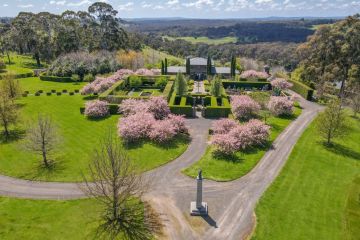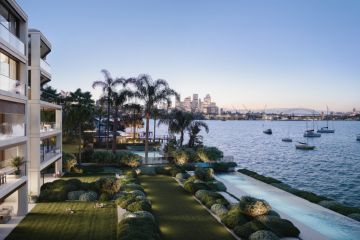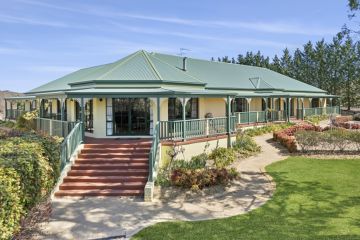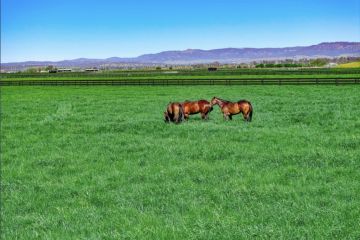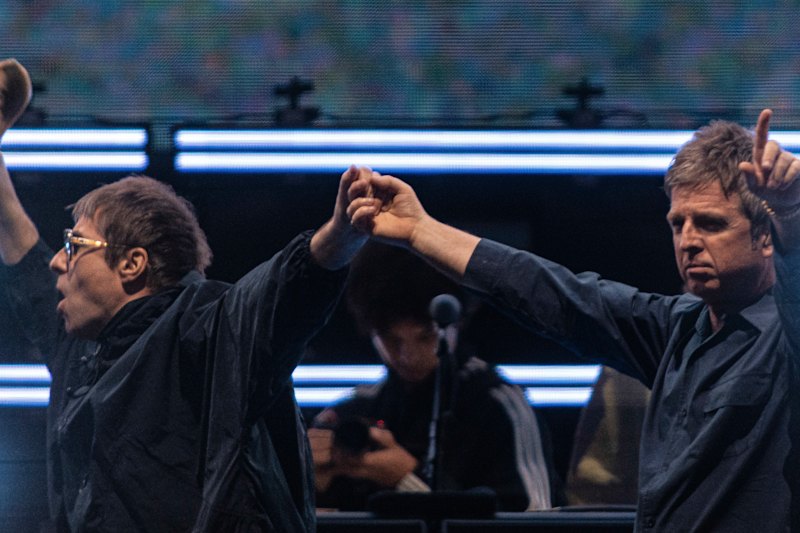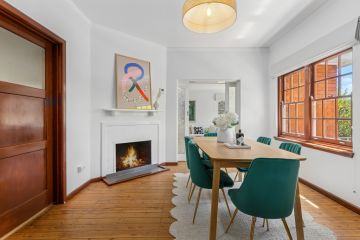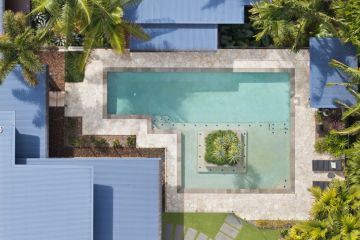Vacancy rates in Melbourne rise as lockdown bites, while Sydney stays stable
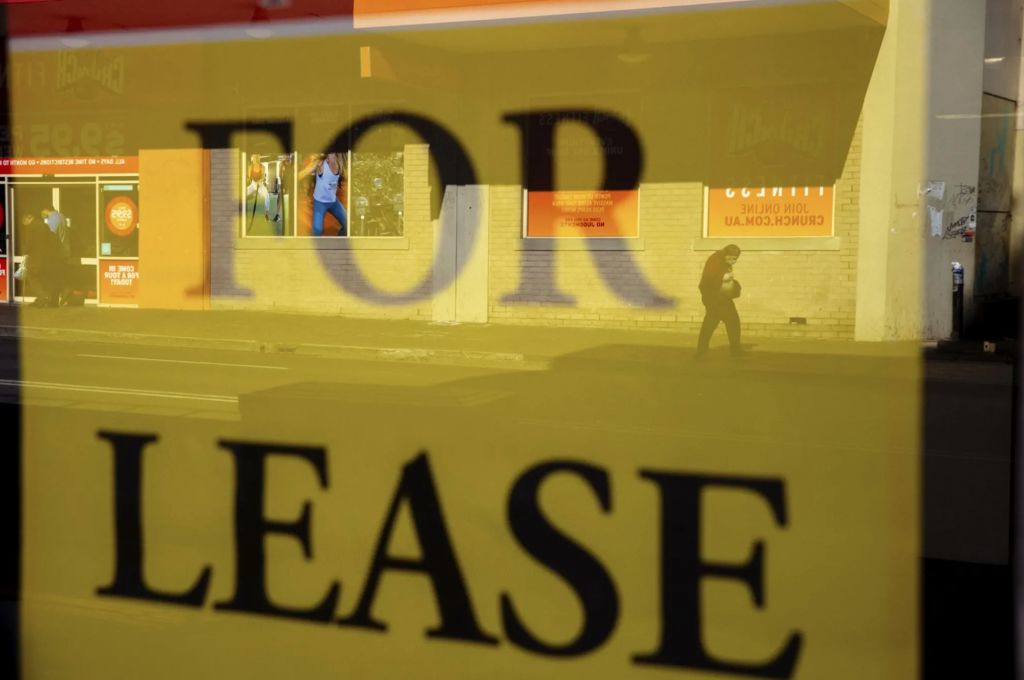
It’s a tale of two cities forged by the latest COVID-19 lockdowns, with the vacancy rate in the rental property market jumping abruptly in Melbourne but remaining stable in Sydney.
Latest Domain figures show sharply diverging fortunes, with 3.8 per cent of homes for rent in Melbourne empty of tenants in August, up from 3.7 per cent the previous month, compared to a steady 2.6 per cent in Sydney.
“After four months of the vacancy rate falling Melbourne, this is now the second consecutive month where it’s gone up,” said Domain chief of research and economics Nicola Powell.
“Because this is now the sixth lockdown they’ve had, there’s an element of greater vulnerability in the market with casual workers and people on low incomes who may have lost jobs or hours in the lockdown period suffering. There’s also no rental moratorium anymore, so we’re seeing tenants really struggling and having to move back in with families or friends.”
Lockdowns have historically led to higher vacancy rates but in Sydney, despite the longer Delta-variant lockdown, there has been much less of a turnaround.
Dr Powell suggested that might be due to NSW’s rent moratorium providing better protection for tenants while rising prices are putting renters off moving out and trying to buy.
By the same token, those prices might be persuading investors to sell their properties, and so lower the supply of rentals in the market, putting downward pressure on vacancy rates.
In addition, said Luke Bardsley, director of Sydney property managers Green Square Management, landlords had proved very willing to lower their rents in order to help, or keep, their tenants.
“Rents are now considerably lower than they were this time last year, with a two-bedroom unit in the city that might have rented for $800 now asking $650, and one in Darling Harbour that did cost $1200 a week now at $850,” he said. “Landlords are thinking it’s better to get something than nothing.
“We’ve also been pointing out to tenants who might be having difficulties the range of grants now out there for them.”
| Aug-21 | Jul-21 | Aug-20 | MoM ∆ | YoY ∆ | |
| National | 1.6% | 1.6% | 2.1% | – | ↓ |
| Sydney | 2.6% | 2.6% | 3.4% | – | ↓ |
| Melbourne | 3.8% | 3.7% | 3.9% | ↑ | ↓ |
| Brisbane | 1.4% | 1.3% | 2.2% | ↑ | ↓ |
| Perth | 0.7% | 0.7% | 1.0% | – | ↓ |
| Adelaide | 0.6% | 0.6% | 0.9% | – | ↓ |
| Hobart | 0.5% | 0.5% | 0.6% | – | ↓ |
| ACT | 1.1% | 0.7% | 1.0% | ↑ | ↑ |
| Darwin | 0.8% | 0.7% | 1.3% | ↑ | ↓ |
Melbourne is also being hampered by tighter lockdown restrictions on letting vacant properties, said Stephen Fitzsimon, head of growth at Melbourne Real Estate. Prospective tenants can still undertake one-on-one property inspections in Sydney, whereas that’s banned in Melbourne.
“We were kicking goals until the lockdown stopped that,” said Mr Fitzsimon. “We can’t get photographers out to the properties either, so it’s much harder to advertise them. But I think when the lockdown ends, there’ll be a lot of pent-up demand that will lower the vacancy rate.
“And then when international borders reopen, there’ll be a lot of demand from internationals who like living in the city.”
Melbourne and Sydney both have by far the highest rental vacancy rates of all Australia’s capital cities, with the national rate sitting at 1.6 per cent. In Sydney, Pittwater was the hardest-hit market with the greatest lift in vacancies, and in Melbourne it was Banyule.
Canberra’s rate, however, jumped the most over the past two months, from 0.7 per cent in July to 1.1 per cent in August.
“That is another lockdown-impacted city,” said Dr Powell. “But elsewhere the vacancy rates are still extremely tight, and it’s definitely a landlords’ market which could continue to force rents up.”
In the Domain report, Hobart has the lowest vacancy rate at 0.5 per cent, followed by Adelaide at 0.6 per cent, Perth at 0.7 per cent, Darwin at 0.8 per cent, and Brisbane at 1.4 per cent.
We recommend
States
Capital Cities
Capital Cities - Rentals
Popular Areas
Allhomes
More
